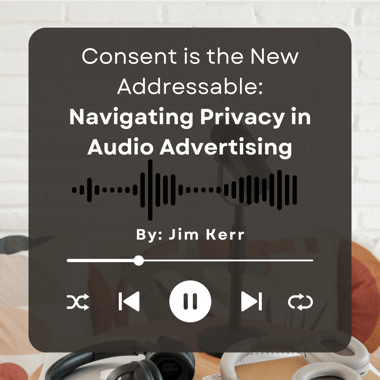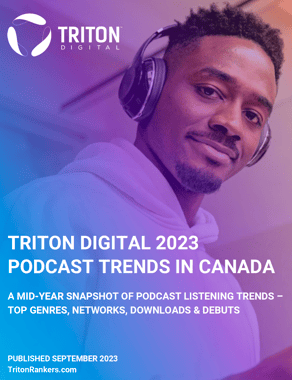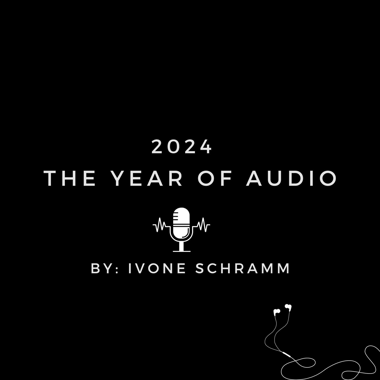The State of Programmatic Audio

Originally posted on Xaxis.
A typical discussion on programmatic advertising is usually focused on display inventory transacted through an RTB process. With digital video and audio now figuring heavily in the mix, and even non-targetable media such as broadcast and out-of-home being purchased programmatically, the conversations are starting to shift. Let’s take a look at the state of the industry as a whole and what’s next for my particular area of expertise – programmatic audio.
Throughout the history of digital advertising, the effectiveness of desktop display impressions have been questioned for a host of reasons ranging from “banner blindness” to outright fraud. Over time, all sorts of third-party tracking and verification practices were instituted to combat these issues. However, in the minds of many marketers, the problems still exist. This is particularly true of “long tail” inventory purchased programmatically. Like most industry participants, we at Triton Digital applaud the efforts of the IAB and MRC to establish standards around the delivery of “viewable” impressions. This is an important next step in the evolution of our medium and one that will increase confidence in the entire digital advertising supply chain. I expect to see marketers accelerate their programmatic spending in coming years.
Desktop display will likely shrink, while mobile will take the lead. With audio publishers like CBS and Cumulus (to name a few) rapidly advancing their digital offerings, and pureplay publishers like Pandora, Slacker, and Spotify all accelerating their offerings (specifically with mobile audiences in cars and on smartphones), a strong picture is being painted for programmatic audio.
Marketers today aren’t looking to programmatic for cheap inventory – they’re pivoting to on-point targeting and strong ROI. CPM will become less of a factor, while operational efficiency, audience targeting, transparency, and control will dominate decision making. Measuring ROI in broadcast buys is more complex than display (clickthroughs), so it will be vital for digital audio shops to establish a more concrete way to demonstrate ROI in years to come.
As initial programmatic concerns are put to rest, CPM’s will steadily rise. Currently, programmatic impression volume is significant, but pricing hasn’t caught up yet. Many publishers’ inventory is sold programmatically, but the associated revenue is just a small fraction of their total ad revenue. With programmatic expanding to broadcast audio and video, where inventory is in shorter supply, publishers will be able to scale prices to the increased demand.
With the programmatic market diversifying across different forms of media, another shift we are seeing is a divergence in strategies between agencies and brand marketers. While marketers are committing more to generalist demand-side platforms (DSPs) that cover many types of media, agencies are choosing to work with a variety of specialist DSPs. The reason behind this is that marketers are primarily interested in securing cross-channel buys and analytics, which is more easily done with a single vendor rather than a patchwork of vendors using incompatible technologies and measurements. Agencies, on the other hand, want to avoid being highly dependent on a single third-party technology vendor and are, therefore, more willing to pick and choose a mix of programmatic technologies. Neither of these strategies is necessarily right or wrong, but it is important for both publishers and technology providers to recognize this shift and the factors motivating each group.
Though many will have you believe otherwise, the industry is a ways away from having fully-integrated vendors and a unified buying ecosystem. Every agency has a different technology stack in use, and technology vendors need to decide whether to integrate with them or use a plethora of systems. It will be interesting to see if this happens gradually or through standards that are introduced along the way. I am confident that the confusion around programmatic will continue to dissipate as divergent jargon used to describe similar technologies gradually standardizes.
The programmatic world is becoming a much less treacherous place and more understood with each passing day. I am excited to see just how impactful it can be for audio publishers and those looking to reach their growing audience.
Back to blogRelated Articles
Keep on reading the stuff you love

Consent is the New Addressable: Navigating Privacy in Audio Advertising

Triton Digital Unveils Its First Canada Podcast Trends Report
